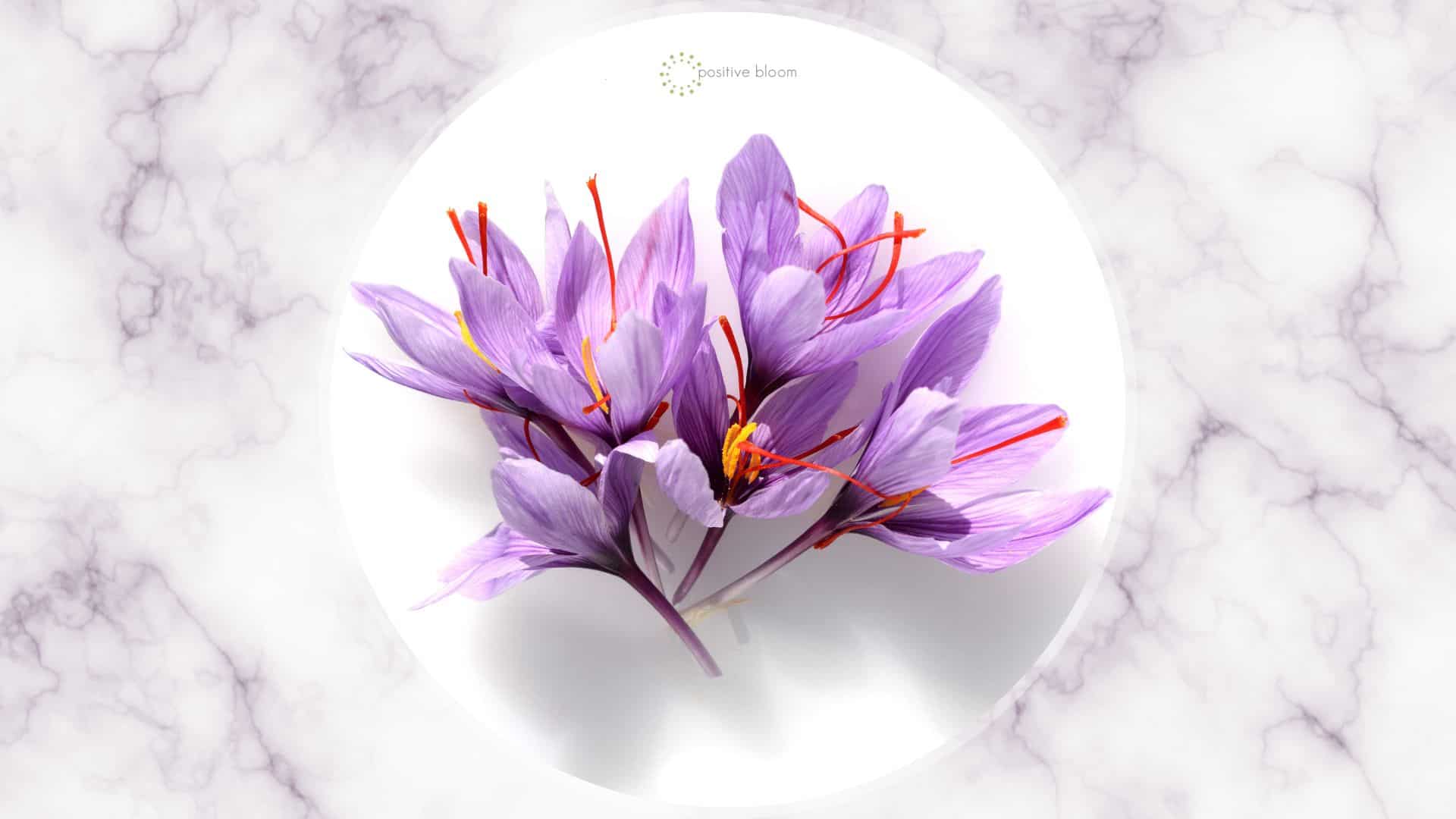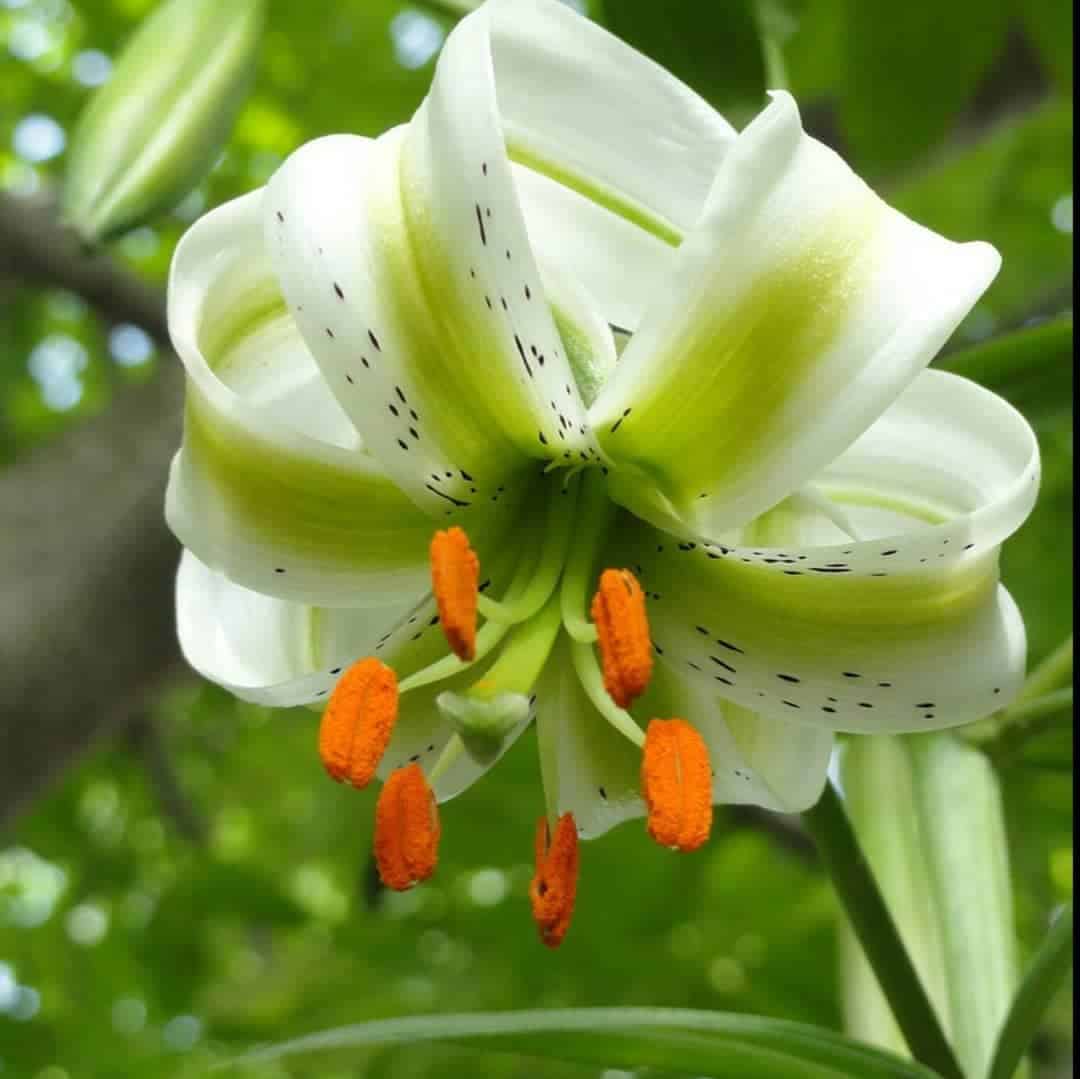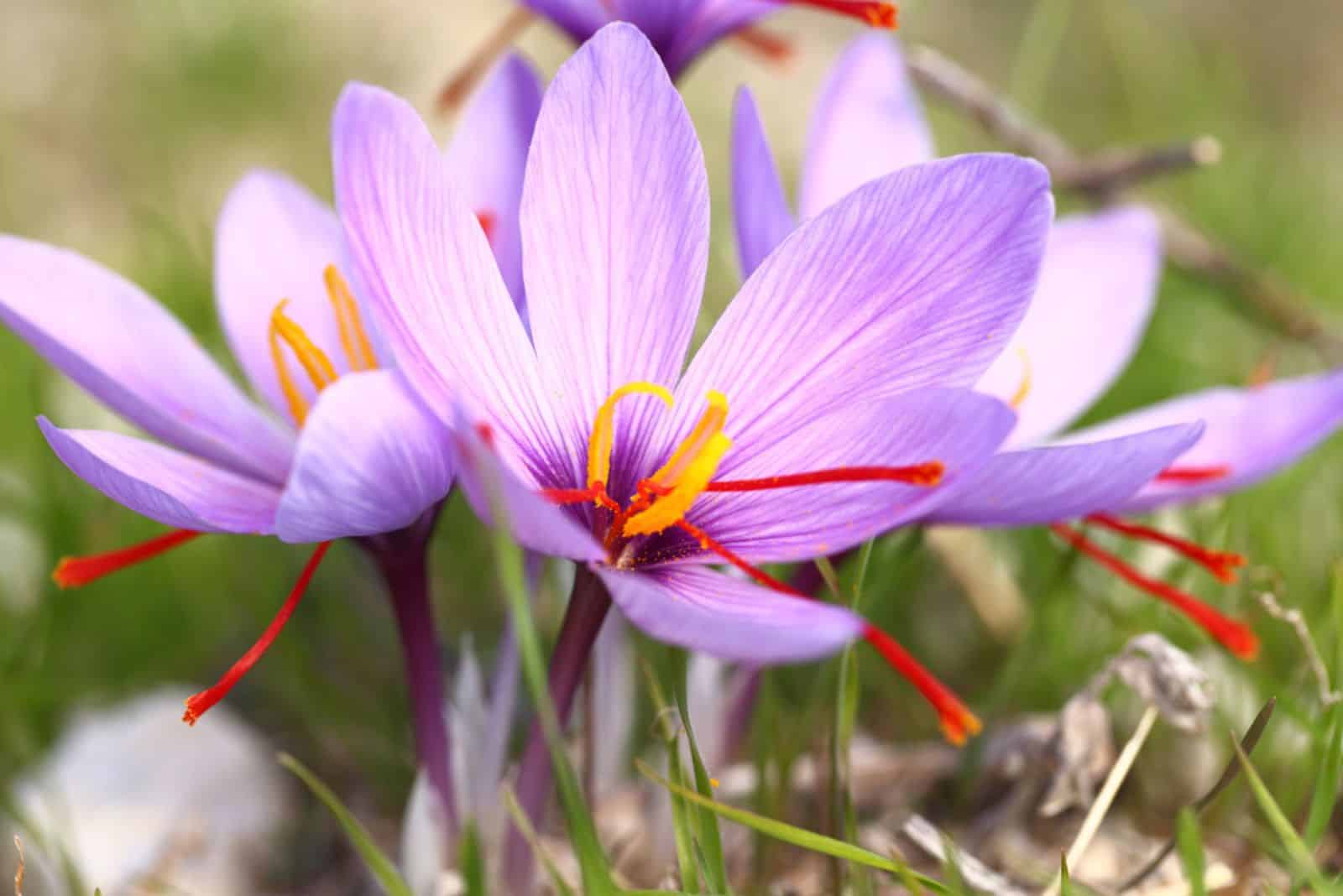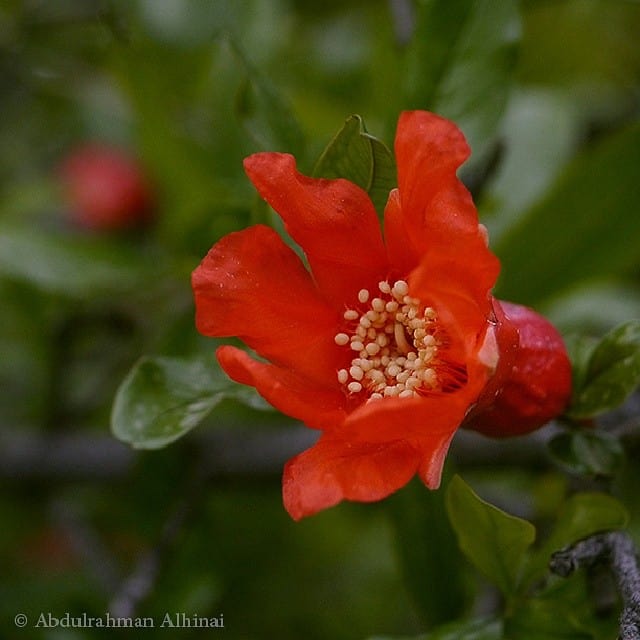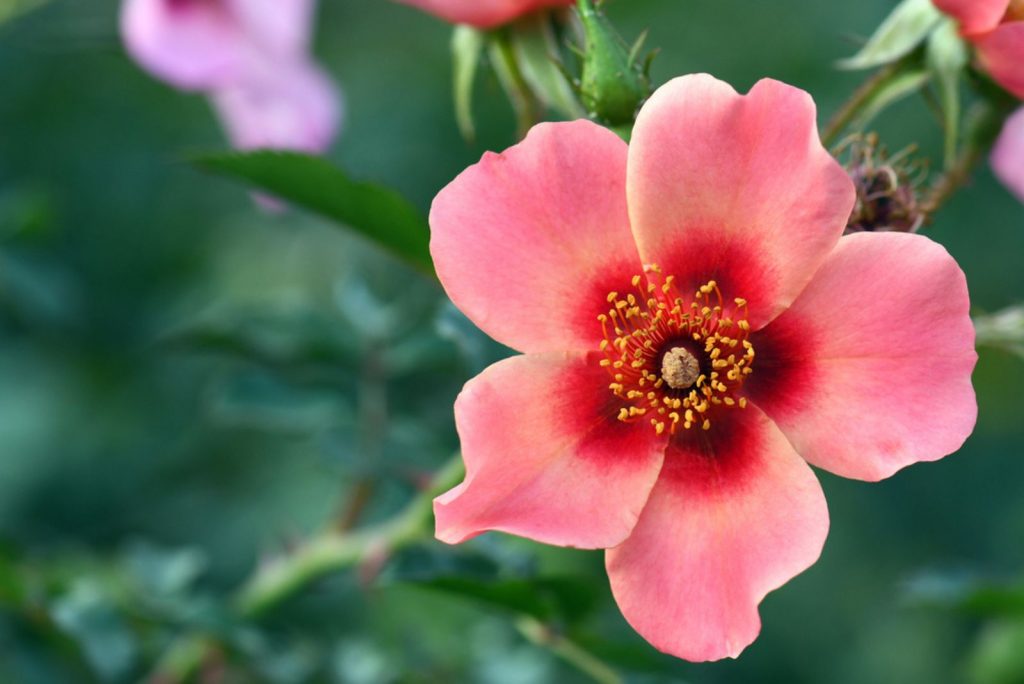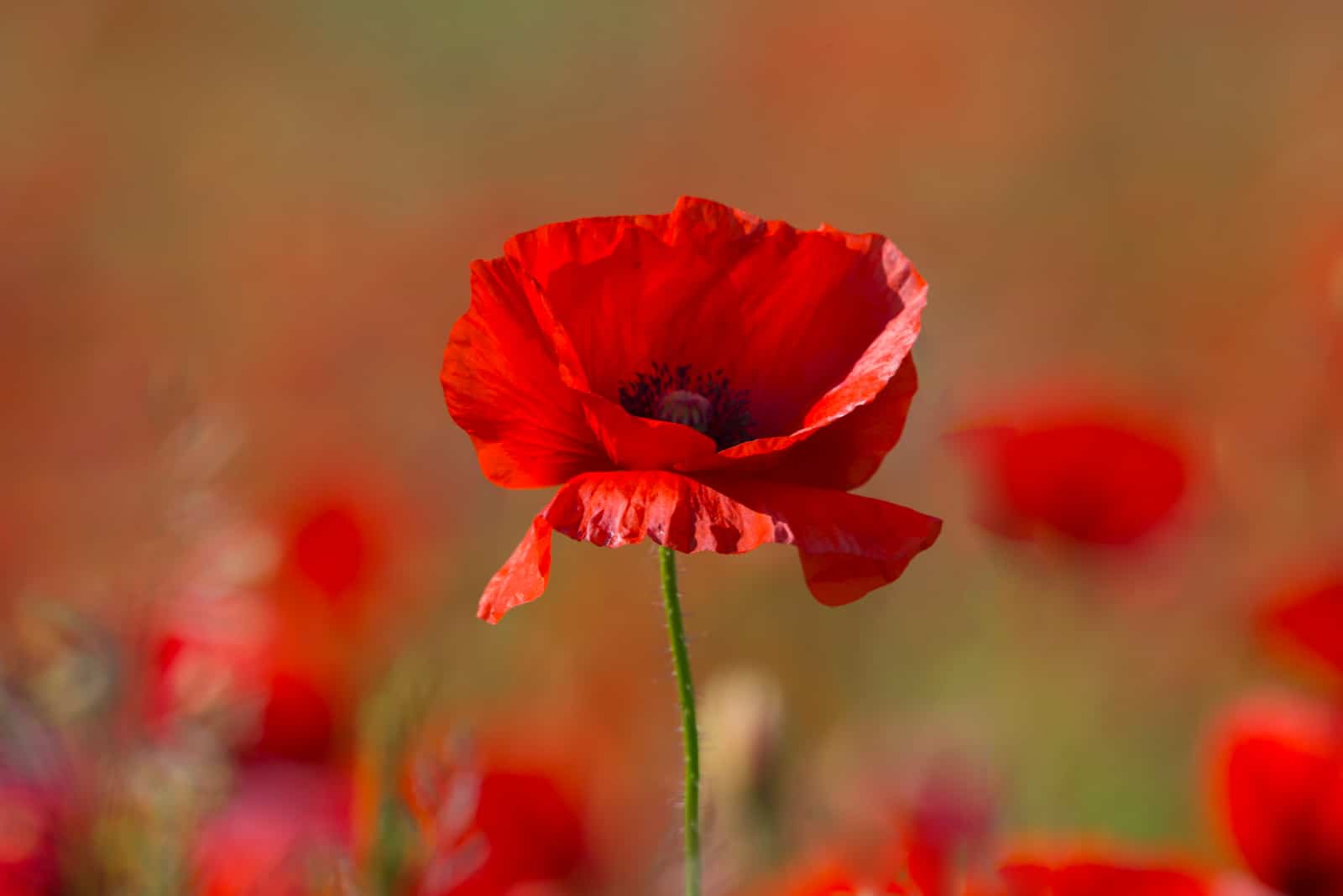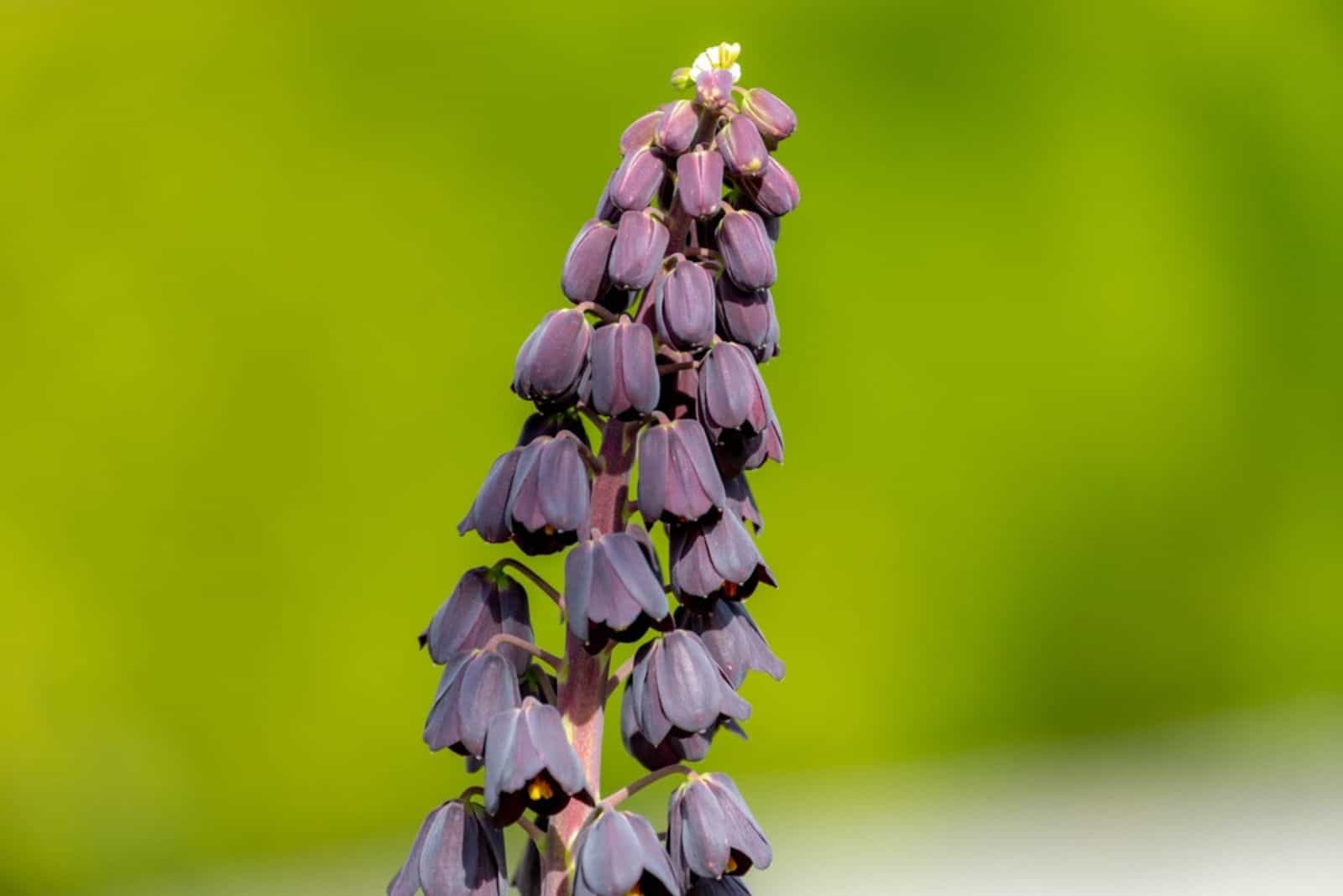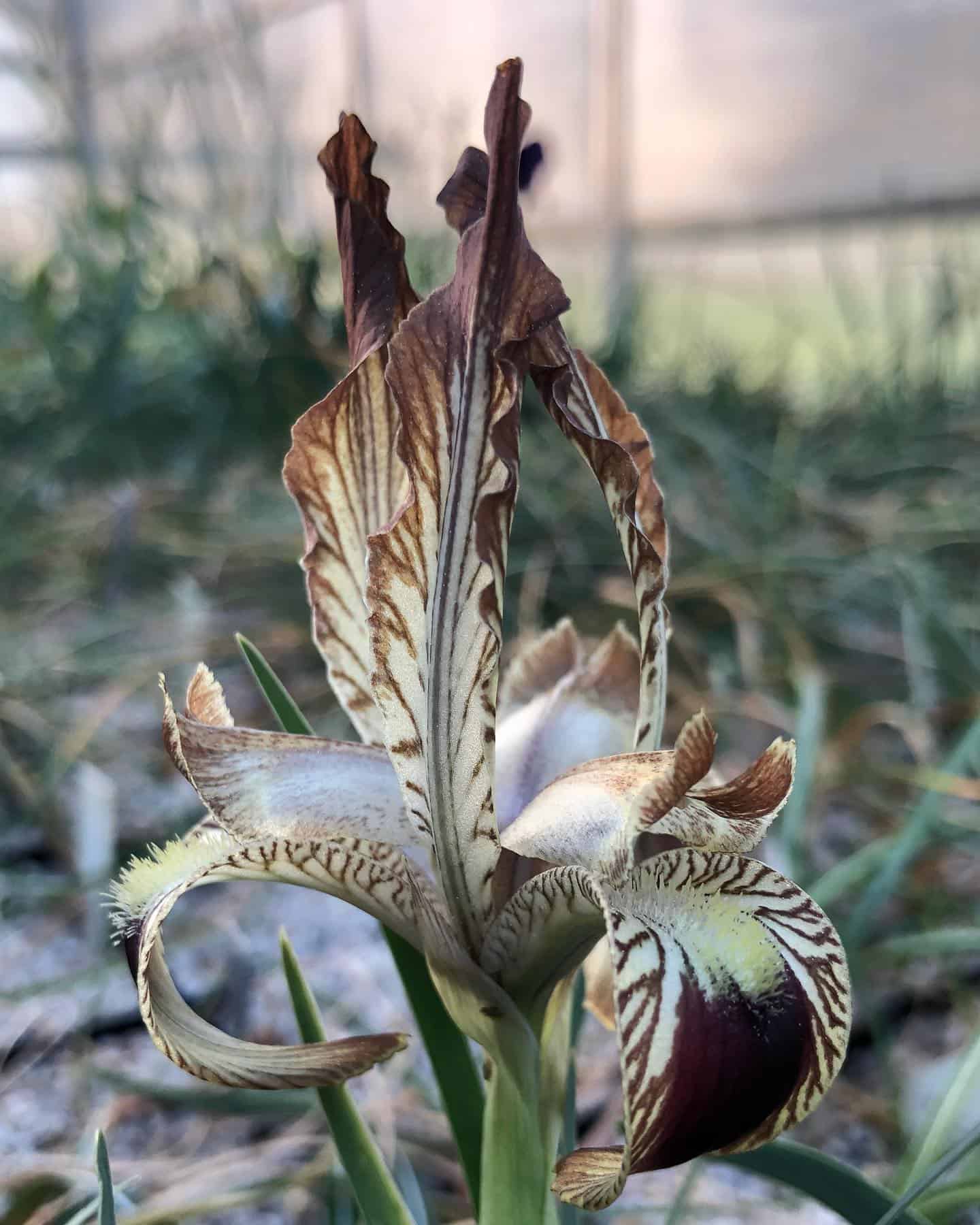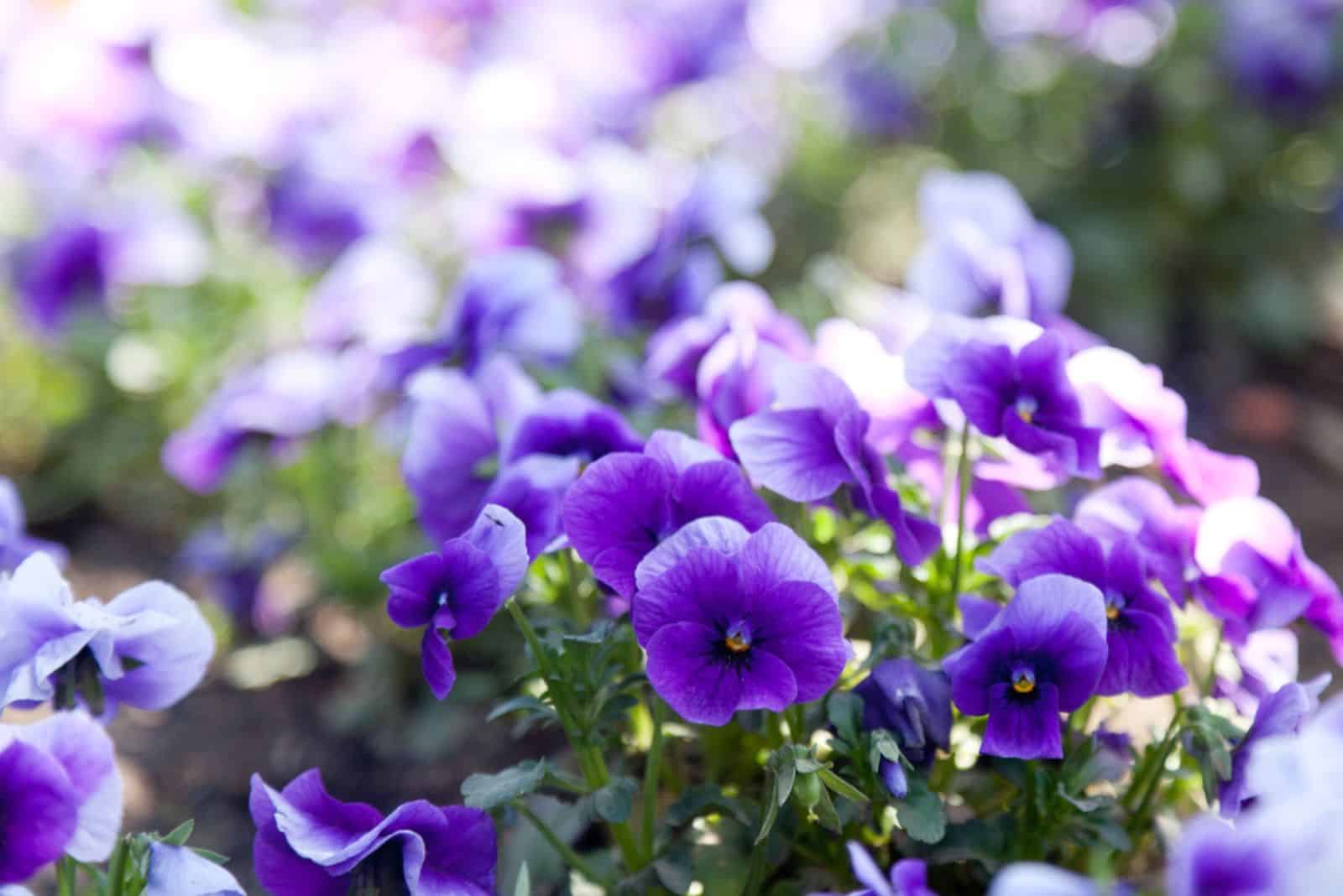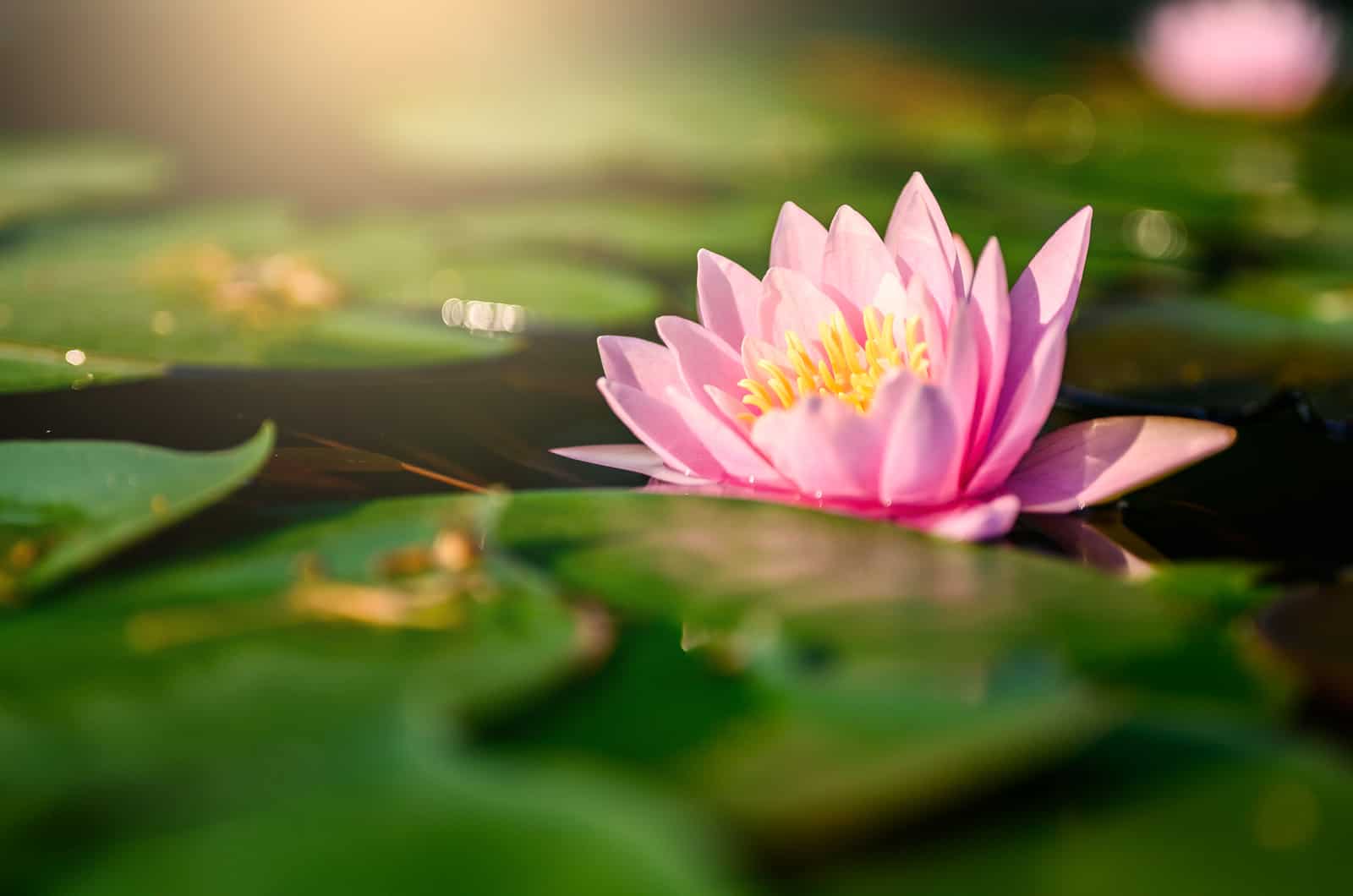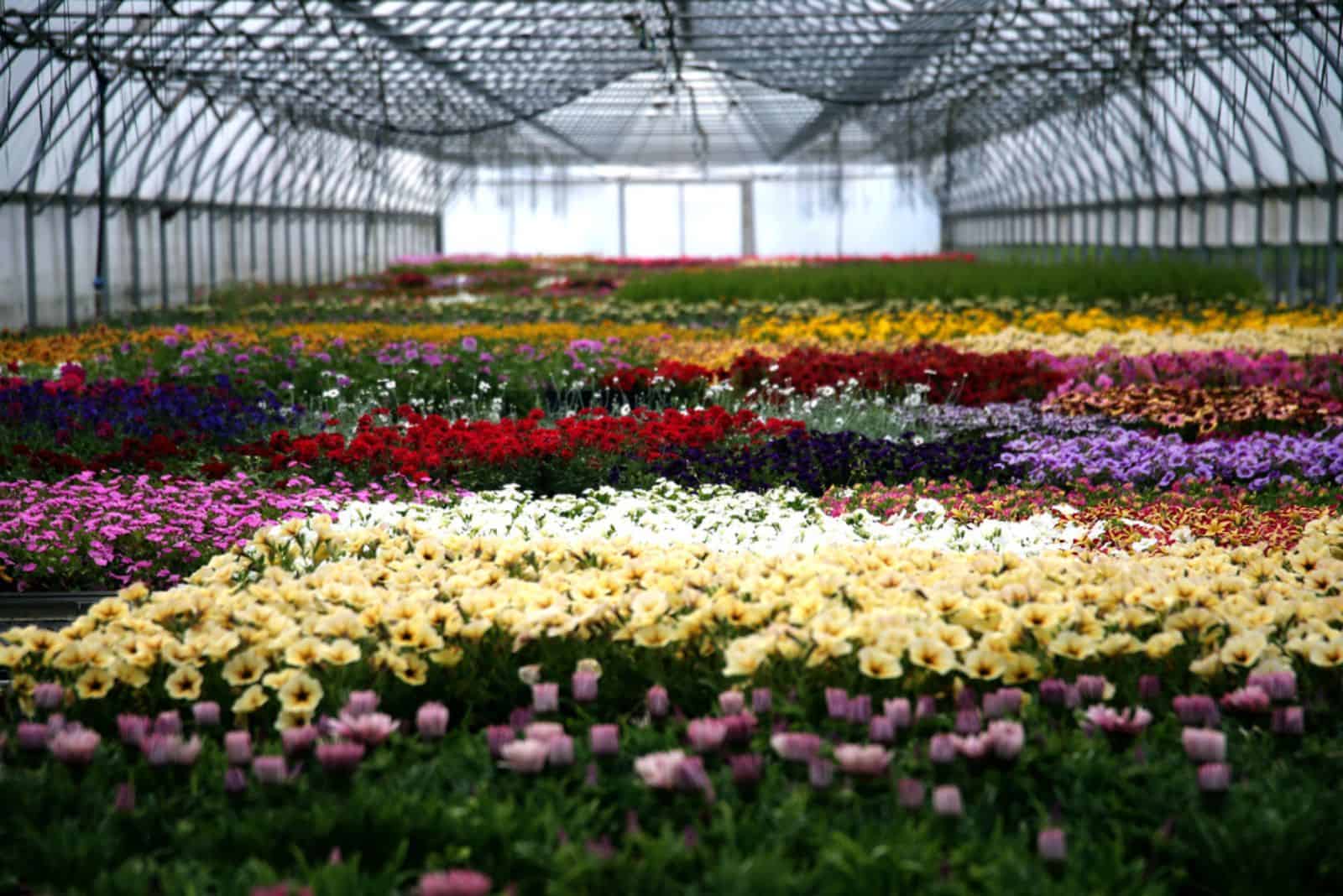Persian culture is one of the oldest in the world, and flowers are one of the most important cultural aspects of Persia.
When someone mentions Persia, I instantly think of fascinating flower gardens and also pottery, calligraphy, and carpets.
In this article, I will describe some of the most beautiful Persian flowers and what they symbolize in Persian culture.
Let’s get started!
Persian Flowers
Due to its diverse climate, Iran is home to more than 2500 plant species. Vegetation is one of the most fascinating things about this country, and it attracts millions of visitors every year!
Here are some of the flowers of Persia:
• Lilium ledebourii
• Saffron crocus
• Gulnar
• Tulip
• Rosa persica
Let’s look closer!
Lilium Ledebourii
For this Lily species, we have to thank professor Carl Friedrich von Ledebour, who discovered it. Soon after, the Iranian people included the flower on their list of national natural monuments.
The flower belongs to the Lily family and is scientifically referred to as “Lilium ledebourii”; the second term honors the discoverer.
The flower is native to Damash village, which is situated in the Gilan province, though it’s also found in some Azerbaijan areas.
If you visit this beautiful country, you’ll hear people referring to this lily as “Sousan-e Chehel Cheraagh”.
White blossoms develop into the form of a chandelier and appear at the end of June. This lily flower is considered endangered and it’s illegal to pick or destroy it.
The only way to see ledebourii lilies is by visiting Gilan province during the festival that celebrates Susan Chelcheragh.
Saffron Crocus
If you are into spices, I’m sure you’ve heard of the exotic taste of saffron. Since the flowering season of this plant lasts only a week, the prices of saffron are really, really high! Additionally, there are only three stigmas per individual flower, which contributes to the price.
Scientifically known as “Crocus sativus”, saffron is commonly cultivated in Iran, and this country is the prevalent exporter of the spice.
The blossom is picked by hand only and it’s typically done in the morning.
Why would anyone pay $30 per pound of saffron? Well, the reasons are the sweet taste and the health benefits of saffron. According to Healthline, this spice has antidepressant, anti-inflammatory, and anti-cancer properties.
The flower is also referred to as “Red gold” in Iran.
Gulnar
The pomegranate tree produces blossoms, and the Iranian name for this flower is “Gulnar”. You’ll also find Gulnar on the list of the most beautiful names for baby girls.
The importance of this flower lies in its medicinal properties.
Here are some of the usages of the pomegranate flower in traditional Iran medicine:
• Syphilis treatment (juice extracted from the flower)
• Bronchitis (dried flower buds)
• Diarrhea and jaundice (juice)
The tree produces red blossoms, and the flowering season starts in June and ends in late July.
Tulip
The many meanings of tulips encourage growers worldwide to add this fascinating flower to their gardens.
What does the tulip represent in Iran? Love. According to Persian legend, the father of the princess Shirin set a challenge to the love of his daughter’s life, Farhad, as he wanted to prevent the marriage.
The reason was the social status of Farhad (pretty common even in today’s world). Long story short, this young man went through mountains and streams to reach the palace, and when the end of the road approached, the father sent a messenger to tell Farhad that the princess was dead.
Farhad committed suicide by throwing himself from a mountain. His blood spilled over the mountain and a red tulip emerged from each drop.
His love was pure and only death could end his grief, so the red tulip symbolizes love and purity in Persia.
Rosa Persica
To understand the importance of the Rosa persica, we need to go back to the past (about three centuries).
Iran was the only place in the world where this type of rose grew. As time passed, the flower became more and more popular due to its charming fragrance and yellow blossoms with red centers.
Mass production started a century ago when the flower was sent to Luxembourg Park for reproduction.
This rose species typically reaches 24 inches tall with blossoms that reach about an inch in diameter.
It is believed that rosewater was first made in Persia using evaporation and distillation methods. Nowadays, roses are widely used in the perfume industry. In the past, when guests arrived, Iranians sprinkled them with this water (honestly, I don’t want to know the reason).
One of the most famous Iranian dishes, Persian Halva, uses rosewater as the main ingredient. Faloodeh is another dessert that originated in Iran; noodles, starch, and sugar+rosewater syrup makes one of the most delicious desserts in the world!
One of the most famous Persian proverbs includes the flower of the rose: “He who wants a rose must respect the thorn”.
Poppy
Iran is well-known for its literature, and Iranian writers often referred to the red poppy flower as a flower of love.
In Persian poetry, this flower is dedicated to people who died for love. In essence, this flower represents sadness and grief in Persian culture.
Iran is one of the oldest countries in which poppy is used in medicine as opium. Unfortunately, Iran is a country with a high number of people addicted to opium.
Fritillaria Persica
The persica species from the Liliaceae family is better known by the name “Persian lily”. This lovely flower is often cultivated indoors as an ornamental plant.
The bell-shaped flowers come in deep purple, but under specific light conditions they seem like they’re completely black, so you’ll often find this lily on lists of black flowers.
Unlike other lilies, the blossoms of persica species point downwards. It’s believed that the reason for this is the death of Siavash; the flower fell down and cried because of the death of the innocent man.
Iris Meda
Even though this flower is widely cultivated in Azerbaijan, its home is Iran. The blossoms of this Iris species come in many shades of yellow with brownish margins and strikes.
If you happen to visit East or Central Azerbaijan in June, you can see these amazing blossoms.
Mountains and rocks are the favorite places of this flower, and you won’t see any grass where they grow.
Violet
Violets are cultivated worldwide and you can find them literally everywhere; parks, balconies, and outdoor gardens.
In Iran, these flowers are mainly found in northern regions, such as the Gilan province.
The flowers are fragrant and vibrant, and appear in colder months of the year. Blossoms feature 5 petals and, except for the standard purple odorata variety, you’ll find species in white, yellow, orange, pink, and blue.
Lotus
Darius the Great and Persepolis are one of the most interesting things about Persian culture. When you take a look at pictures of Darius, you’ll notice that he is holding a lotus flower.
You can assume the importance of the lotus in Iran; the flower represents loyalty.
Regarding mythology, this flower is a symbol of Anahita, the goddess of water carved in reliefs as a young lady.
Persian Flower Festival
If you happen to visit the Iranian city of Garmab in early May, you’ll see an amazing Tulip festival and about 30 tulip species at the peak of their flowering season.
If you want a perfect Instagram picture, maybe Garmab should be your next destination.
Iran is well known for the Kashan Rose Water Festival held in May. The city of Kashan is the most fragrant city in the world during this time of year since locals make rose water using Damask roses.
The most interesting thing about this festival is that locals open their homes for visitors, so you can find out more about their culture and customs. If you are lucky enough, you can try local cuisine, which is amazing.
Flowers As Gifts In Iran
Since flowers have a special place in Persian culture, it’s not surprising that they are commonly used as gifts.
In Iran, you can and should give a flower on every occasion. Flowers are an indispensable part of wedding and proposal ceremonies.
Flower Production And Exportation In Iran
Plants cultivated for cut flowers are predominantly grown in Tehran, whereas ornamental plants for indoor cultivation are grown in the Gilan province.
Approximately 30% of the population in the Iranian Mahallat region is involved in the flower industry.
You’ll often find this region referred to as the “Netherlands of Iran”.
Iran ranks very high on the list of countries that produce the most flowers, but it doesn’t export even half of them.
Flowers are common during the Nowruz ceremony, which is New Year in Persia.
Just like in all other parts of the world, Iranians bring flowers to hospitals. You’ll also find flowers on graves; Iranian people think that flowers will bring peace to souls.
Wrapping Up
Persian culture is definitely among the richest cultures in the world in many aspects. Their art inspires people worldwide, but since I’m a gardener, I am mainly interested in the flora of Persia.
We’ve seen many different Persian flowers and the importance of each flower to Iranian people.
You can grow some of these flowers in your garden, except maybe the Lilium ledebourii due to its rareness, or saffron due to its price.
I hope this article helped you to get an insight into the symbolism of flowers in Iran, and their vision of floriography.
Until next time!

